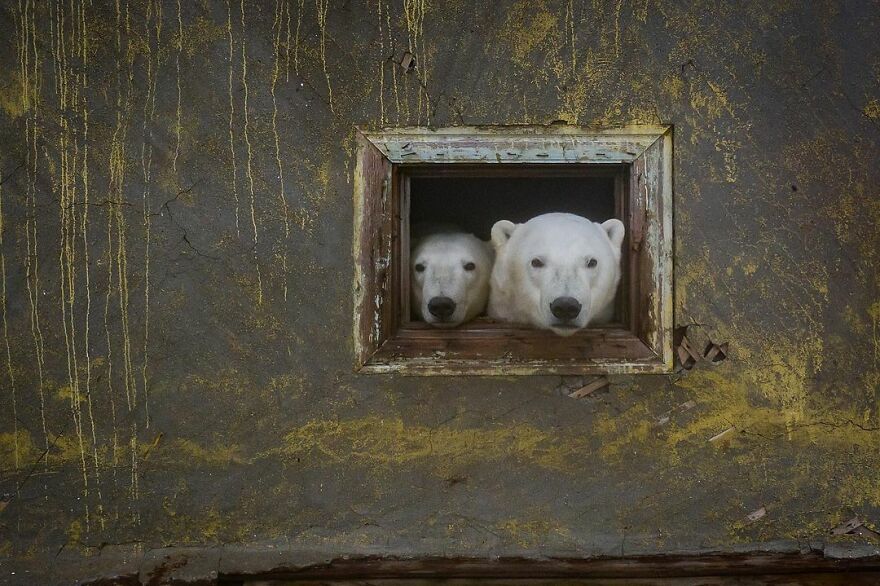In a groundbreaking study, scientists have turned to advanced technology to answer a critical question about polar bear survival in a rapidly changing world: Is that polar bear getting enough to eat? By equipping 20 polar bears with collar-mounted cameras during the ice-free months, researchers are gaining unprecedented insights into the diet and behavior of these majestic animals as they navigate the challenges of a warming Arctic.
The Challenge of Ice-Free Months
Polar bears are marine mammals that rely heavily on sea ice as a platform for hunting seals, their primary food source. However, climate change is reducing the extent and duration of sea ice coverage, forcing polar bears to spend longer periods on land where food is scarcer. The survival of polar bears during these ice-free months has become a significant concern for conservationists and scientists alike.
Collar Cameras: A Window into Polar Bear Lives
The study, conducted by a team of international wildlife researchers, involved attaching specially designed collars with cameras to 20 polar bears in the Arctic. These collars, equipped with video cameras, GPS trackers, and accelerometers, provided a bear’s-eye view of their daily activities, hunting efforts, and interactions with their environment.
Key Findings and Insights
Preliminary analysis of the footage revealed fascinating aspects of polar bear behavior and adaptation. Some bears were observed attempting to catch birds or scavenging for carcasses, indicating a level of dietary flexibility in the absence of their preferred seal prey. However, the video also highlighted the challenges bears face during the ice-free months, including increased energy expenditure without the guarantee of a successful hunt.
Implications for Polar Bear Survival
This innovative research method offers vital data on how polar bears are adapting to their changing environment. Understanding the bears’ ability to find sufficient food on land is crucial for predicting their resilience to climate change and for developing conservation strategies. The study’s findings suggest that while polar bears may exhibit some adaptability, the long-term viability of land-based foraging is uncertain, emphasizing the urgent need for climate action to preserve their sea ice habitat.
Moving Forward
The use of collar cameras represents a significant advancement in wildlife research, offering a non-invasive method to study animal behavior and ecology. As technology continues to evolve, it opens new avenues for conservation science, enabling researchers to monitor endangered species more effectively and to devise targeted strategies to protect them.
Conclusion
The plight of polar bears in a warming world is a poignant reminder of the broader impacts of climate change on Arctic ecosystems and the species that inhabit them. Through innovative research methods like collar cameras, scientists are shedding light on the challenges these animals face and the urgent need for global environmental stewardship to ensure their survival.
This study not only contributes to our understanding of polar bear ecology but also underscores the importance of technological innovation in addressing conservation challenges. As we continue to witness the effects of climate change, such research is more crucial than ever in guiding efforts to protect vulnerable species and their habitats.
